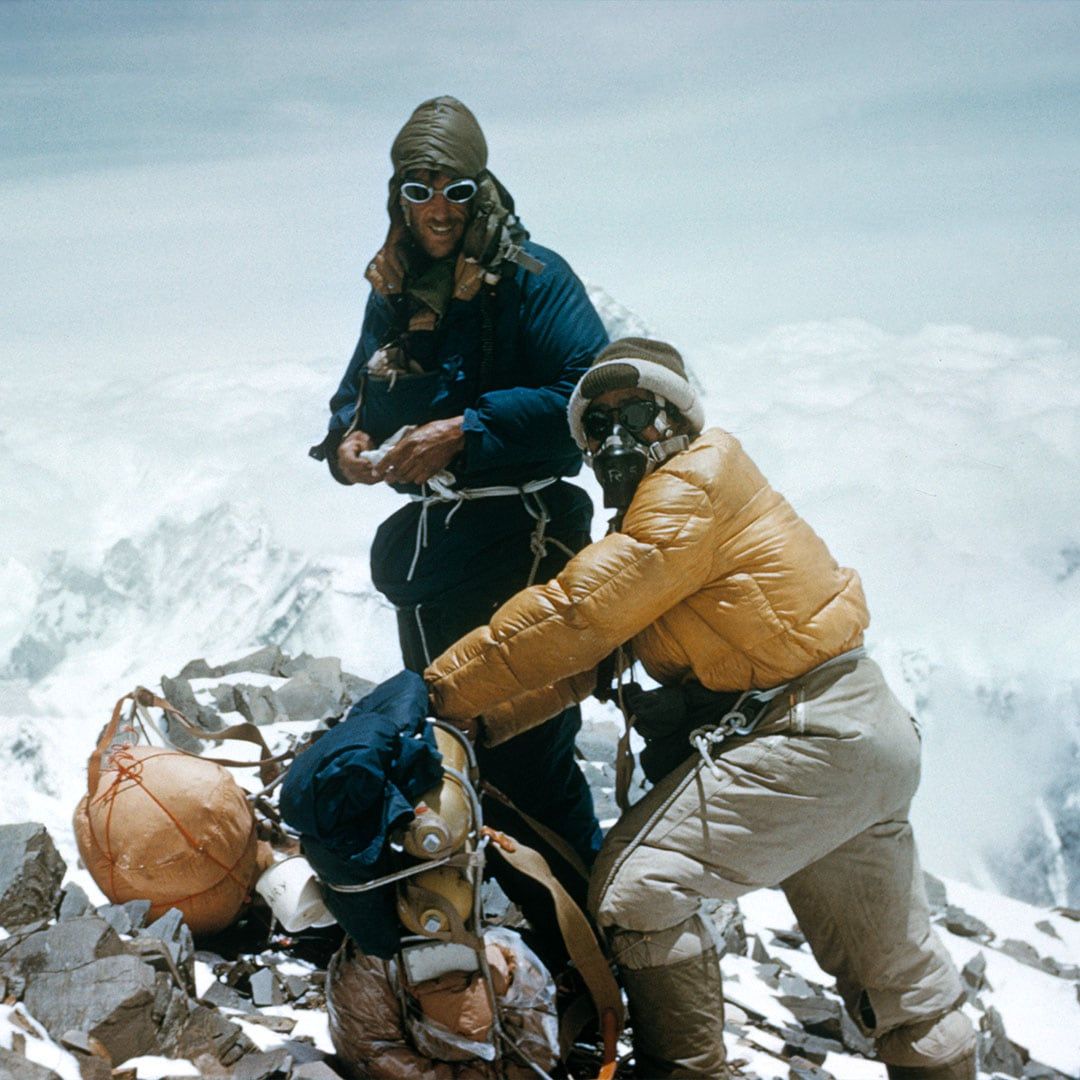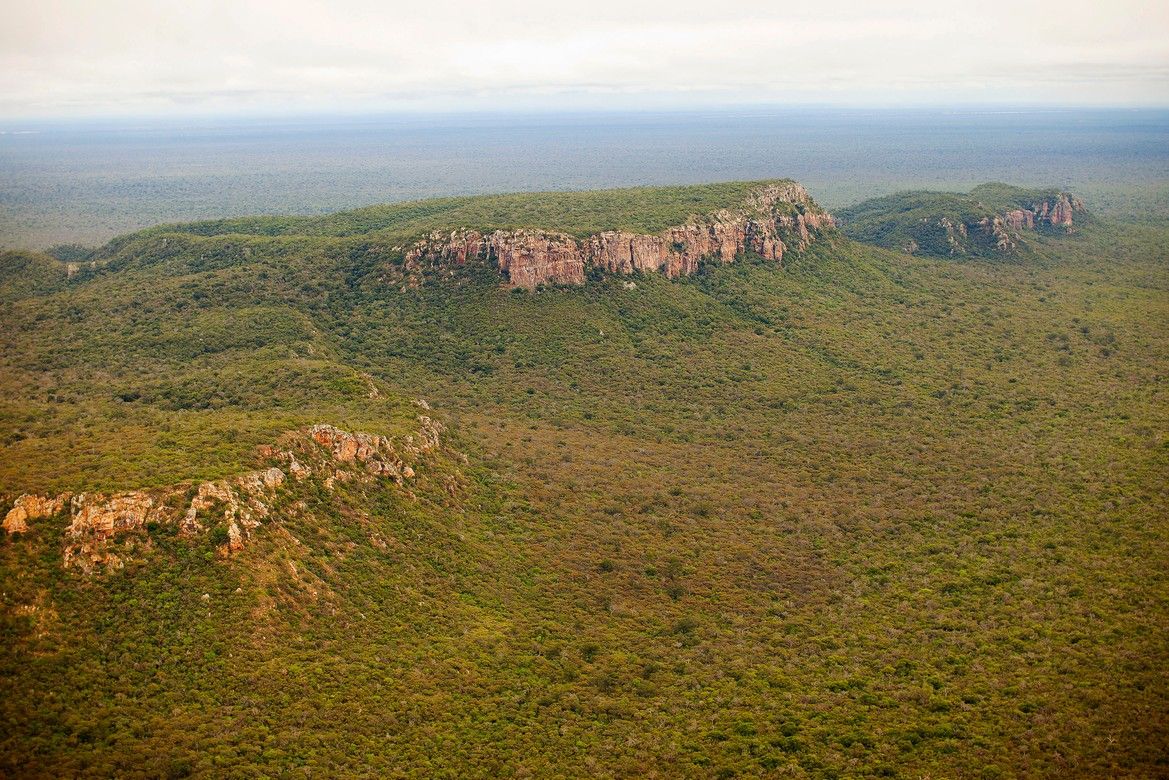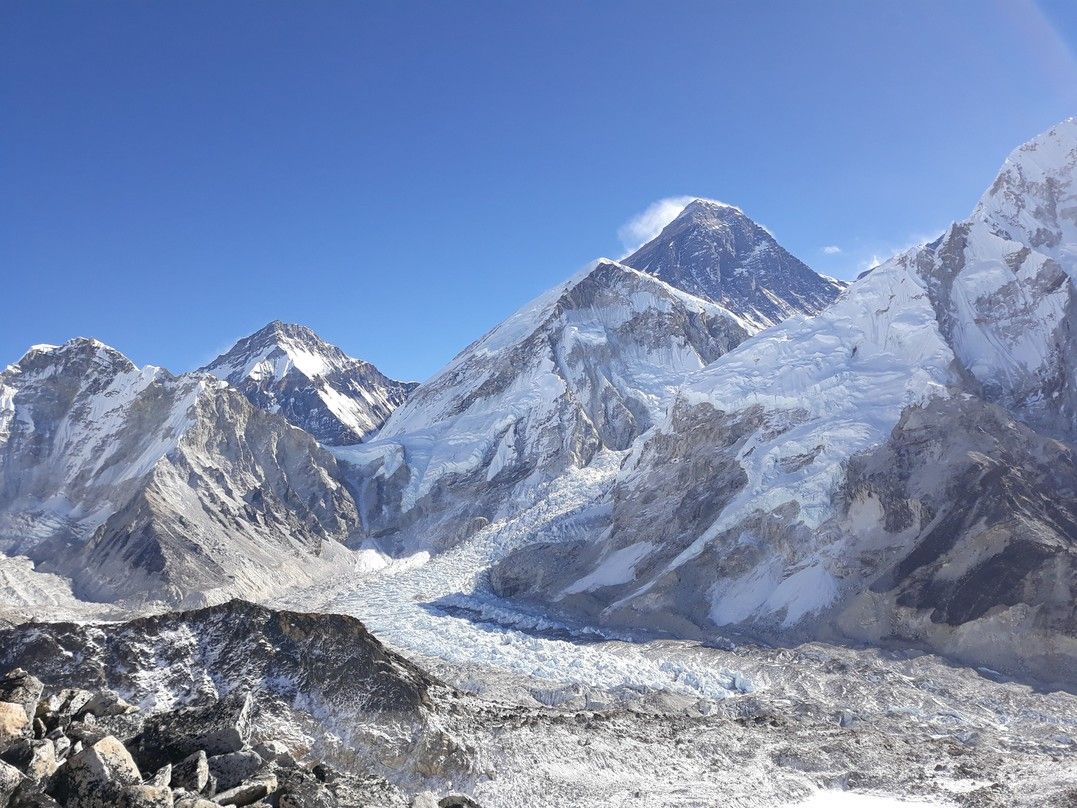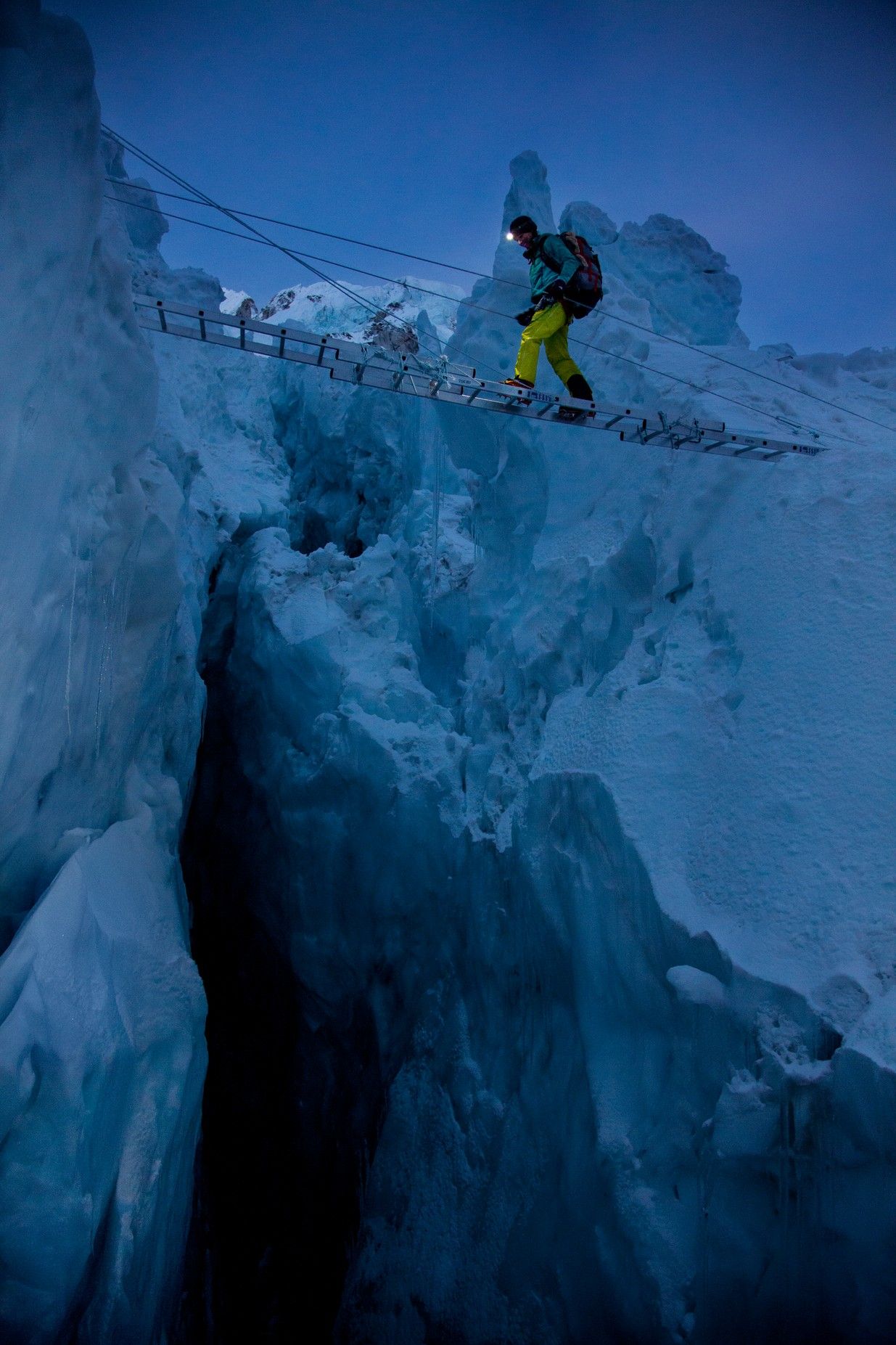Rolex's partnership with National Geographic Society grows from strength to strength as both organisations move in tandem to protect and save planet Earth
Rolex founder Hans Wilsdorf famously believed that the world was like a living laboratory. This led to him equipping explorers with his Rolex Oyster Perpetual watches during the 1930s and sending them to the most extreme of locations. Whether it was the highest peaks or the deepest troughs in the ocean, the tickers served as reliable and functional tools that guided and assisted the explorers.
His belief in exploration naturally led to a partnership with the National Geographic Society in 1954. For more than a century, the society has been a global non-profit organisation committed to exploring and protecting our planet with a focus on supporting bold individuals, very much like how Rolex did. Stories of these adventures were then featured in its famed eponymous magazine, National Geographic, one of which was the 1954 coverage of Edmund Hillary and Tenzing Norgay’s history-making ascent of Mount Everest the year before. And because of its partnership with the society, Rolex was also involved in the epic adventure, having supplied the expedition with watches, which made it to the summit, in working condition of course.

This shared spirit of discovery and exploration bound Rolex and National Geographic Society closer over the decades as both organisations worked towards the common goal of protecting our fragile planet. Key collaborative projects include two separate expeditions to the Mariana Trench in 1960 and 2012. In both, bathyscapes carried working Rolex watches down to the deep abyss of the ocean with the timepieces and returned to the surface unscathed.
In 2017, the partnership between the two organisations was further enhanced with exploration linked to the preservation of the planet as a focus but it was agreed that there was a need to strengthen people's scientific understanding of Mother Nature, in particular, the oceans, the poles and the mountains. This way, the commitment of these bold and dedicated individuals to protect the planet, with the support and resources of Rolex and National Geographic Society, will be boosted.



